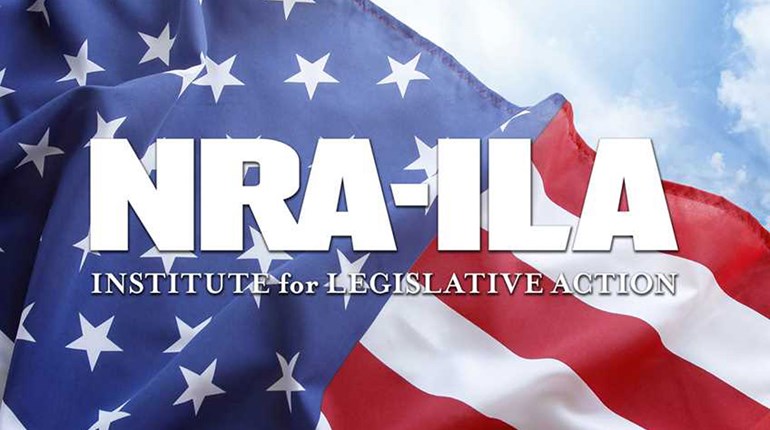
In August, a sprawling regulation took effect that fundamentally changes what counts as a regulated “firearm” under federal law. Certain firearm parts, parts kits and even unfinished receiver blanks will now be treated by the Bureau of Alcohol, Tobacco, Firearms and Explosives (ATF) as if they were operable guns, with all the bureaucracy and restrictions that implies.
The rule is as audacious as it is indecipherable in its details. ATF is vastly expanding its own law enforcement jurisdiction, simply by unilaterally redefining the main commodity it regulates.
The White House and its collaborators in the media tried to sell the rule to the public as a crackdown on so-called “ghost guns.” These guns do not function differently than “normal” guns, and federal law requires that they be just as detectable by X-ray machines or magnetometers as other firearms. But because they are made by unlicensed individuals for personal use, they do not bear the markings and serial numbers of guns produced or imported by federal firearm licensees (FFLs).
The administration claims “ghost guns” are a public safety threat, because they are more difficult for law enforcement officers to trace to an original owner if they are recovered at a crime scene and because their parts can sometimes be obtained without a background check. Those claims are dubious, at best.
Firearm traces can only help police identify a gun’s original retail purchaser. The typical firearm recovered at a crime scene, however, was bought years earlier and has changed hands multiple times. Interrogating the original buyer is therefore likely to be a time-consuming dead end.
Meanwhile, criminals easily obtain finished firearms outside channels of regulated commerce. That won’t change just because law-abiding people will now have to go through background checks to get receiver blanks or firearms parts kits. Like most gun control, the rule is more about burdening the law-abiding than stopping violent criminals. And the rule gives Biden’s ATF unprecedented authority over the U.S. firearm industry, which Biden himself has publicly referred to as “[o]ur enemy.”
There is one sure way to counter the runaway Biden administration’s executive overreach, however—elect pro-gun majorities to Congress.
Currently, the White House and both chambers of Congress are all held by the same party, which has openly embraced sweeping gun control. The current anti-gun majority in the U.S. House of Representatives has gone further than ever before to restrict Second Amendment rights, including passing the most-extensive gun ban in the nation’s history in July by a margin of only four votes.
And, that’s not all. The Nancy Pelosi-led House has passed private transfer bans, waiting periods for lawful firearm purchasers and the most-extensive federal red-flag law we’ve ever seen. This emboldens Joe Biden to push the envelope on executive actions, because he knows he can act with impunity.
The midterm elections this November offer an opportunity to change that and to restore the Constitution’s checks on the Biden White House until Biden himself faces accountability in 2024.
A pro-gun House of Representatives does more than simply ensure any legislative proposal to restrict Second Amendment rights is DOA. It serves as a bulwark against the executive himself.
The U.S. House’s unique role in America’s constitutional framework is to give the people direct representation in the government that is accountable not just to the needs of a state but to individual districts within that state. Each member of the House has to face voters every two years, meaning they must be very attentive and responsive to the needs of their constituents. Members of the Senate, by contrast, serve six-year terms and are more immune to the politics of the moment. Flipping the House after its recent anti-gun actions would send a strong message to the government to keep its hands off our firearms.
Members of the House also wield the power of the purse and can defund specific agency actions or cut entire agency budgets. The huge spending bills that Congress is required to pass to keep the government running originate in the House and have been used to block various firearm-registration schemes and to prevent ATF overreach. Indeed, the Obama administration’s brazen attempt to ban M855 ammunition ended in part because the pro-gun chairman of a key House appropriations subcommittee threatened to “step on [ATF’s] air hose.”
House committees can also hold hearings to expose executive abuse, something that would be extremely helpful to curb ATF’s current “zero tolerance” revocation policy for firearms dealers.
There is no doubt a pro-gun House is a firewall against executive actions like ATF’s self-serving attempt to redefine the very meaning of a “firearm.” So, be sure to visit nrapvf.org to know where the candidates in your district stand, and vote freedom first this November!


































